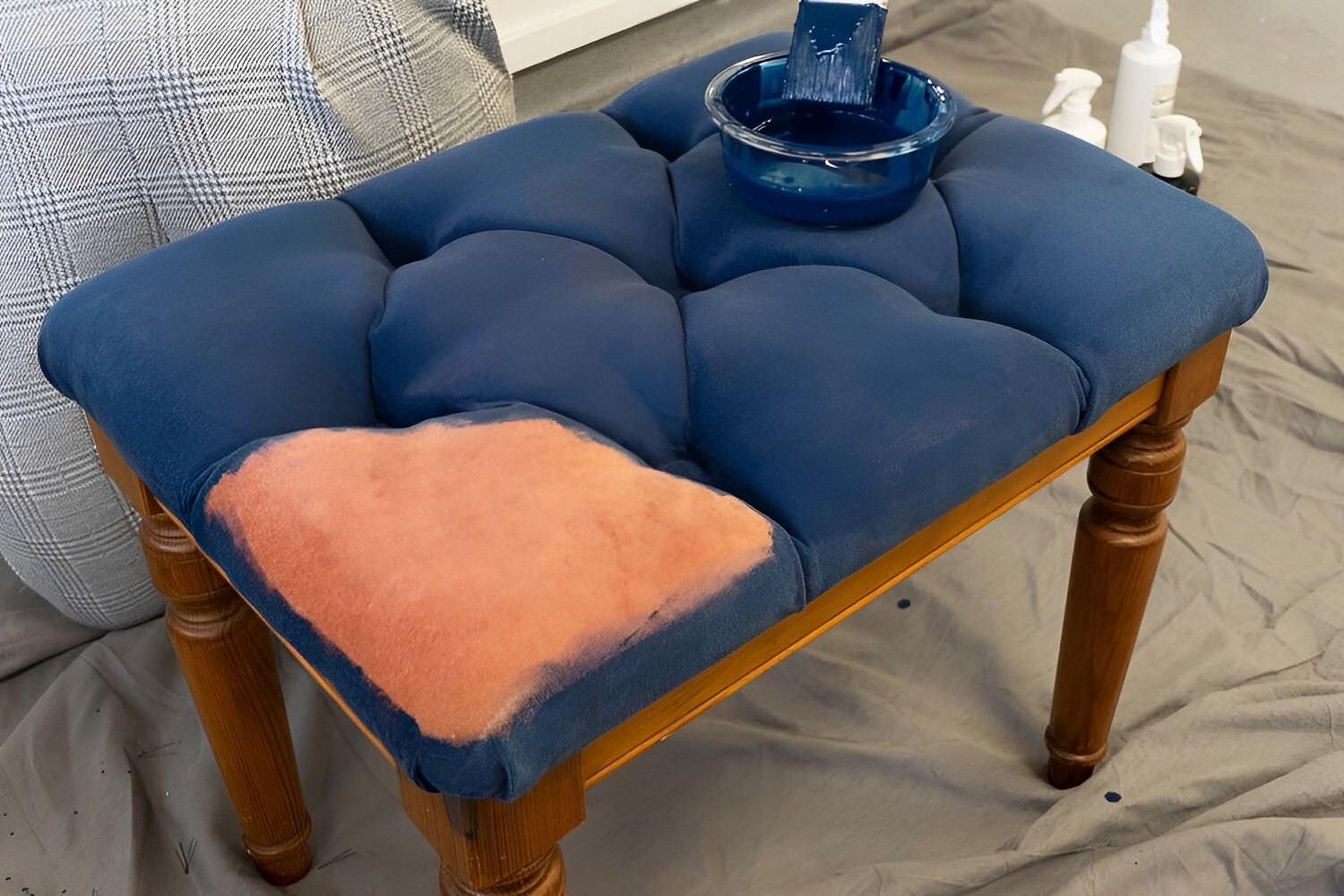

Articles
How To Paint Fabric Furniture
Modified: January 19, 2024
Learn how to transform your furniture with a fresh coat of paint. Discover simple techniques and tips for painting fabric furniture to give it a whole new look.
(Many of the links in this article redirect to a specific reviewed product. Your purchase of these products through affiliate links helps to generate commission for Storables.com, at no extra cost. Learn more)
Introduction
Welcome to the world of furniture transformation! If you have a tired and outdated piece of fabric furniture, painting it can be a fantastic way to breathe new life into it. Whether you want to update the color, cover up stains, or simply give it a fresh look, painting fabric furniture can be a fun and rewarding DIY project.
Choosing to paint your fabric furniture allows you to customize it to your personal style and gives you the opportunity to create a unique piece that stands out in your home. With the right paint and proper techniques, you can achieve a professional-looking finish that rivals store-bought upholstery.
Before you embark on this exciting journey, there are a few key steps to keep in mind. From selecting the right paint to preparing the fabric and applying the paint, we will guide you through the process of painting fabric furniture step by step. So, grab your paintbrushes and let’s get started!
Key Takeaways:
- Transform tired fabric furniture with the right paint and techniques. Personalize your space, create a unique piece, and achieve professional-looking results that rival store-bought upholstery.
- Embrace creativity, add depth and texture to painted fabric furniture. Protect and care for your transformed pieces to ensure longevity and continued beauty.
Read more: How To Paint Fabric Blinds
Choosing the Right Paint
When it comes to painting fabric furniture, selecting the right type of paint is crucial for achieving a beautiful and durable finish. Not all paints are suitable for fabric, so it’s important to choose ones specifically designed for this purpose.
One popular choice for painting fabric furniture is fabric paint. Fabric paint is specially formulated to adhere to fabric fibers and withstand regular use. It comes in a wide range of colors and finishes and can be found in craft stores or online. Fabric paint is often heat-set, which means it needs to be ironed or placed in a dryer to ensure its longevity.
If you have a leather or faux leather furniture piece, you can opt for leather paint. Leather paint is specifically formulated to adhere to these materials and provides a smooth and long-lasting finish. Make sure to choose a paint that is designed for the type of leather you are working with.
Another option for painting fabric furniture is chalk paint. Chalk paint adheres well to fabric and provides a matte, vintage-inspired finish. It is often used for creating a shabby-chic or distressed look. Keep in mind that chalk paint may leave a slightly rough texture, so it may not be the best choice for furniture that will be frequently sat on.
Acrylic paint can also be used to paint fabric furniture, although it may not be as durable as fabric paint or leather paint. If you choose to use acrylic paint, make sure to mix it with a fabric medium to improve its adhesion and flexibility.
When selecting the color for your fabric furniture, consider the overall color scheme and style of the room. Neutral tones like white, gray, and beige can provide a timeless and versatile look, while bolder colors can add excitement and personality to your space. Don’t be afraid to get creative and experiment with different color combinations!
Before you start painting, it’s a good idea to test the paint on a small, inconspicuous area of your furniture to ensure that it adheres well and achieves the desired look. Once you’ve chosen the right paint, it’s time to move on to the next step: preparing the fabric.
Preparing the Fabric
Properly preparing the fabric is an essential step to ensure a successful painting project. Prepping the fabric will help the paint adhere better, prevent bleeding, and ensure a smooth and long-lasting finish.
Start by thoroughly cleaning the fabric furniture piece. Remove any dirt, dust, or stains by vacuuming or using a soft brush to gently scrub the surface. For any stubborn stains, you can spot clean with a mild detergent and water solution. Make sure to let the fabric dry completely before proceeding.
If the fabric has a glossy or shiny finish, you’ll want to roughen it up slightly to create a better surface for the paint to adhere to. Lightly sand the fabric using fine-grit sandpaper in a circular motion. Be careful not to sand too heavily, as this can damage the fabric.
Next, it’s important to consider whether your fabric furniture piece has any loose threads or fraying edges. If you do, it’s recommended to trim or secure them using fabric glue or clear nail polish.
For materials like velvet or upholstery with a raised texture, you’ll need to brush the fabric with a soft-bristle brush or a lint roller to remove any loose fibers and create a smooth surface.
Before you apply any paint, it’s vital to protect the surrounding areas from accidental spills or splatters. Cover the floor with a drop cloth or old sheets, and use painter’s tape to protect any adjacent areas or decorative trims that you don’t want to paint.
Lastly, if your fabric furniture has removable cushions or covers, it’s advisable to remove them before painting. This will make the painting process more manageable and ensure that you can cover all areas evenly.
By properly preparing the fabric, you’ll create the ideal foundation for your paint. With that done, it’s time to move on to the next step: priming the furniture.
Priming the Furniture
Priming your fabric furniture is a crucial step that helps the paint adhere better and provides a solid base for the color. Primer creates a smooth surface, covers any existing stains or patterns, and prevents the paint from seeping into the fabric fibers.
Before you begin priming, it’s important to choose a primer specifically formulated for fabric or upholstery. Fabric primers typically come in spray form, which allows for even coverage and minimizes brush strokes.
To prime your fabric furniture, start by shaking the can of primer well. Hold the can approximately 6 to 8 inches away from the surface and apply a thin, even coat. Be sure to cover all areas of the fabric, including corners and crevices.
Keep in mind that multiple thin coats are more effective than one thick coat. Allow each coat to dry completely before applying the next. Follow the instructions on the primer can for drying times, as they can vary depending on the product.
After the final coat of primer has dried, lightly sand the surface with fine-grit sandpaper. This helps to smooth out any imperfections or rough texture, ensuring a smoother finish. Then, gently remove any dust with a clean, dry cloth.
Priming the furniture not only enhances the adhesion of the paint but also helps to block any existing stains or patterns on the fabric. If you’re looking to completely change the color of your furniture, a solid base coat of primer will ensure that the original color doesn’t show through the paint.
With the furniture properly primed, you’re now ready for the most exciting part: applying the paint!
Applying the Paint
Now that your fabric furniture is prepped and primed, it’s time to apply the paint. This step requires a steady hand and attention to detail to achieve a smooth and professional finish.
Begin by stirring the paint thoroughly to ensure an even consistency. If you’re using fabric paint, follow the instructions on the label for any necessary mixing or diluting.
If you’re using a brush, choose one with soft bristles that is suitable for the type of paint you’re using. If you prefer a smooth, brushstroke-free finish, you can opt for a foam brush or a fabric roller for seamless application.
When applying the paint, work in small sections and use light, even strokes. Start with the main body of the furniture before moving on to the arms, legs, and other intricate areas.
Avoid applying too much pressure or overloading the brush with paint, as this can lead to uneven coverage and drips. Instead, use thin coats of paint and build up the color gradually. This allows for better control and helps to prevent the paint from saturating the fabric.
If you’re using fabric paint, follow the recommended drying times between each coat. This will ensure that the paint properly adheres to the fabric and allows for a smoother finish.
For a more textured or artistic effect, you can experiment with different painting techniques. Try blending different colors together, creating ombre effects, or adding patterns with stencils. Let your creativity shine and make your fabric furniture truly unique.
Once you’ve finished applying the paint and achieved the desired coverage, allow the furniture to dry completely. Depending on the type of paint and environmental conditions, this could take anywhere from a few hours to a full day.
After the paint has dried, assess the coverage. If you notice any uneven areas or missed spots, you can touch them up with additional thin coats of paint. Take your time and ensure that every inch of the furniture is beautifully painted.
With the paint applied and dried, your fabric furniture is transformed into a work of art. But why stop there? Let’s take it a step further by exploring blending techniques and adding texture to make your piece even more captivating.
When painting fabric furniture, make sure to use fabric paint or a fabric medium mixed with acrylic paint to ensure the best adhesion and durability. Always test a small area first to ensure the desired result.
Read more: How To Paint Outdoor Fabric
Blending Techniques
Blending techniques are a fantastic way to add depth and dimension to your painted fabric furniture. By combining different colors or shades, you can achieve stunning visual effects and create a unique piece that stands out.
One popular blending technique is called wet-on-wet blending. This technique involves applying two or more colors of paint while they are still wet, allowing them to blend together seamlessly. Start by applying the first color in a thin layer. While it’s still wet, quickly apply the second color, slightly overlapping the edges with the first color. Use a brush or a sponge to gently blend the colors together where they meet. This creates a smooth transition and a beautiful gradient effect.
Dry brushing is another blending technique that can add texture and depth to your fabric furniture. To dry brush, dip a dry brush into a small amount of paint and remove any excess by dabbing it on a paper towel. Lightly and swiftly brush the paint onto the fabric surface. The goal is to create a subtle, streaky effect that mimics the texture of natural fibers. This technique works particularly well on fabrics with raised texture, such as upholstery or velvet.
For a more artistic and abstract look, you can try sponge painting. This technique involves dabbing or stippling paint onto the fabric using a sponge. You can use one or multiple colors to create a mottled or marbled effect. Experiment with different sponge sizes and densities to achieve varying textures and patterns.
Remember to practice these blending techniques on a spare fabric or a test patch before applying them to your furniture. This will allow you to familiarize yourself with the techniques and determine the desired amount of paint and pressure to achieve the desired effect.
Blending techniques can help elevate your painted fabric furniture to another level of creativity and artistry. With these techniques in your arsenal, your fabric furniture will be a stunning centerpiece in any room.
Now that you’ve added depth and dimension to your painted fabric furniture, let’s explore how to add texture to make it even more interesting and visually appealing.
Adding Texture
Adding texture to your painted fabric furniture can take it from ordinary to extraordinary. Texture not only enhances the visual interest of the piece but also adds a tactile element that makes it more engaging and inviting. There are several techniques you can use to incorporate texture into your painted fabric furniture.
One popular method is stenciling. Stencils are pre-cut designs that allow you to easily add intricate patterns or motifs to your furniture. You can use a variety of stencil designs, from geometric shapes to floral patterns, to create a customized and unique look. Apply the stencil to the fabric and then use a stencil brush or a sponge to carefully paint over the cut-out areas. Lift the stencil to reveal the textured design. Repeat the process in different areas of the furniture to create a cohesive and visually appealing pattern.
Another technique to add texture is by using a crackle medium. Crackle medium creates a cracked or aged effect on the surface of the paint, resembling weathered or distressed furniture. Apply a base coat of paint and let it dry completely. Then, apply the crackle medium over the base coat according to the manufacturer’s instructions. Once the crackle medium is dry, apply a contrasting color on top. As the top layer dries, the crackle medium will create cracks and fissures, revealing the base color beneath.
If you want to create a three-dimensional texture, consider using fabric mediums or additives that can be mixed with paint to create various effects. Textured add-ons, such as pumice gel or modeling paste, can be applied to the fabric with a palette knife or a brush to create raised areas or embossed designs. This technique adds depth and tactile interest to your furniture, making it visually captivating and unique.
Furthermore, you can experiment with different techniques like spattering, splattering, or stippling to create a speckled or stippled effect on the fabric. These textured effects can mimic the appearance of natural fabrics like linen or tweed.
When adding texture, remember to consider the overall style and aesthetic of the room. Choose techniques and designs that complement the existing decor and create a cohesive look.
Now that you’ve added texture to your painted fabric furniture, it’s important to protect the paint and ensure its longevity. Let’s explore how to protect the paint in the next section.
Protecting the Paint
Protecting the paint on your fabric furniture is essential to ensure its durability and longevity. By taking the necessary steps to protect the paint, you can ensure that your newly transformed piece stays vibrant and beautiful for years to come.
The first step in protecting the paint is applying a clear top coat or sealant. There are several options available, including clear polyurethane, clear acrylic sealer, or fabric sealant. These products create a protective barrier over the paint, guarding it against spills, stains, and fading caused by sunlight. Apply the top coat according to the manufacturer’s instructions, ensuring even coverage over the entire surface of the furniture.
Before applying the top coat, make sure that the paint is completely dry. It’s recommended to wait at least 24 hours to ensure that the paint has fully cured. This will prevent any smudging or damage to the paint during the sealing process.
If you want to add an extra layer of protection and waterproofing, consider using a fabric protector spray. Fabric protector sprays create a water-resistant barrier on the fabric, preventing liquid spills from soaking into the paint and causing damage. Remember to test the fabric protector spray on a small inconspicuous area first to check for any adverse reactions or color changes.
Additionally, it’s important to avoid placing your painted fabric furniture in direct sunlight or exposing it to extreme temperatures. Prolonged exposure to sunlight can cause the paint to fade or discolor over time. If possible, position the furniture away from windows or use curtains or blinds to minimize sunlight exposure. If the furniture is placed outdoors, consider using a protective cover during periods of harsh weather.
Regular maintenance and cleaning are also crucial for protecting the paint on your fabric furniture. Dust and debris can accumulate on the surface, dulling its appearance over time. Use a soft-bristled brush or a lint roller to remove any dust or loose particles from the fabric. For minor spills or stains, gently blot the area with a clean cloth or sponge using a mild detergent and water solution. Avoid rubbing or scrubbing vigorously, as this can damage the paint.
By taking these precautions and following the proper maintenance guidelines, you can ensure that the paint on your fabric furniture remains vibrant and protected for years to come.
Now that you know how to protect your newly painted fabric furniture, let’s delve into how to properly care for it in the next section.
Caring for Painted Fabric Furniture
Proper care and maintenance are key to preserving the beauty and longevity of your painted fabric furniture. By following these care tips, you can ensure that your piece remains in great condition and continues to be a stunning focal point in your home.
First and foremost, avoid placing sharp objects or heavy items on the painted fabric surface. Sharp edges can scratch or damage the paint, while heavy items can put unnecessary pressure on the fabric and cause it to stretch or warp over time. Use coasters, placemats, or trays to protect the surface from potential damage.
Regularly dust and vacuum your painted fabric furniture to remove loose particles and debris that can accumulate on the surface. This will help prevent dirt from embedding into the fabric and potentially staining the paint. Use a soft-bristled brush attachment or a lint roller to gently remove dust and lint from the fabric.
If you encounter a spill or stain, it’s important to act quickly. Blot the stain with a clean cloth or sponge, using a mild detergent and water solution if necessary. Avoid rubbing the stain, as this can spread it further into the fabric. Test any cleaning solution on a small, inconspicuous area first to ensure that it doesn’t cause any discoloration or damage to the paint.
It’s important to note that painted fabric furniture may require occasional touch-ups over time. Depending on the level of use and wear, the paint may experience minor chips or scratches. Keep some extra paint in the same color and finish handy for touch-up purposes. Use a small brush or sponge to gently apply the paint to the affected areas, and blend it with the surrounding paint for a seamless finish.
Avoid exposing your painted fabric furniture to direct sunlight, as prolonged exposure can fade or discolor the paint over time. If possible, position the furniture away from windows or use curtains or blinds to shield it from the sun’s rays. If the furniture is placed outdoors, consider using a protective cover during periods of intense sunlight or inclement weather.
Lastly, it’s always a good idea to refer to the specific care instructions provided by the manufacturer of the paint used on your fabric furniture. They may have additional recommendations or guidelines tailored to the specific product.
By following these care tips and giving your painted fabric furniture the attention it deserves, you can enjoy its beauty and functionality for many years to come.
With this comprehensive guide, you’re now equipped with the knowledge and tips to successfully paint and care for fabric furniture. Bring out your inner creativity and transform your outdated pieces into stunning works of art that reflect your personal style.
Your newfound expertise in painting fabric furniture will undoubtedly impress your friends and guests as they admire your unique and refreshed home decor. Happy painting!
Read more: Outdoor Furniture And Fabric Ideas
Conclusion
Congratulations on completing your journey into the world of painting fabric furniture! You’ve learned how to choose the right paint, prepare the fabric, prime the furniture, apply the paint, blend techniques, add texture, protect the paint, and care for your newly transformed piece.
Painting fabric furniture is a creative and rewarding DIY project that allows you to breathe new life into tired and outdated pieces. With the right techniques and materials, you can achieve professional-looking results that rival store-bought upholstery. From updating the color to covering up stains, painting fabric furniture gives you the opportunity to personalize your space and create a unique piece that stands out.
Remember to choose paints specifically formulated for fabric or upholstery, and consider the overall color scheme and style of the room when selecting your paint colors. Properly preparing the fabric by cleaning, sanding, and addressing any loose threads or fraying edges is crucial for a successful project. Priming the furniture creates a solid base for the paint and ensures better adhesion and coverage. When applying the paint, take your time and use thin coats, blending colors and creating texture as desired.
Protecting the paint is essential to maintain its durability and appearance. Apply a clear top coat or sealant to create a protective barrier, and consider using a fabric protector spray for added waterproofing. Remember to avoid direct sunlight and extreme temperatures, as they can impact the paint’s longevity. Regular maintenance, such as dusting and spot cleaning, will help keep your painted fabric furniture looking fresh and beautiful.
By following these steps and caring for your painted fabric furniture, you can enjoy the fruits of your labor for years to come. Your newfound skills in painting fabric furniture will undoubtedly impress and inspire others as they see the stunning transformations you’ve achieved.
Embrace your creativity, take risks, and have fun with your painted fabric furniture projects. Let your individual style and personality shine through as you transform your space into a reflection of your unique taste and aesthetic.
So grab your paintbrushes, unleash your imagination, and let the magic unfold as you add a touch of color and personality to your fabric furniture. Get ready to enjoy the comfort, beauty, and pride that come with owning custom-painted pieces that truly make your house a home.
Frequently Asked Questions about How To Paint Fabric Furniture
Was this page helpful?
At Storables.com, we guarantee accurate and reliable information. Our content, validated by Expert Board Contributors, is crafted following stringent Editorial Policies. We're committed to providing you with well-researched, expert-backed insights for all your informational needs.
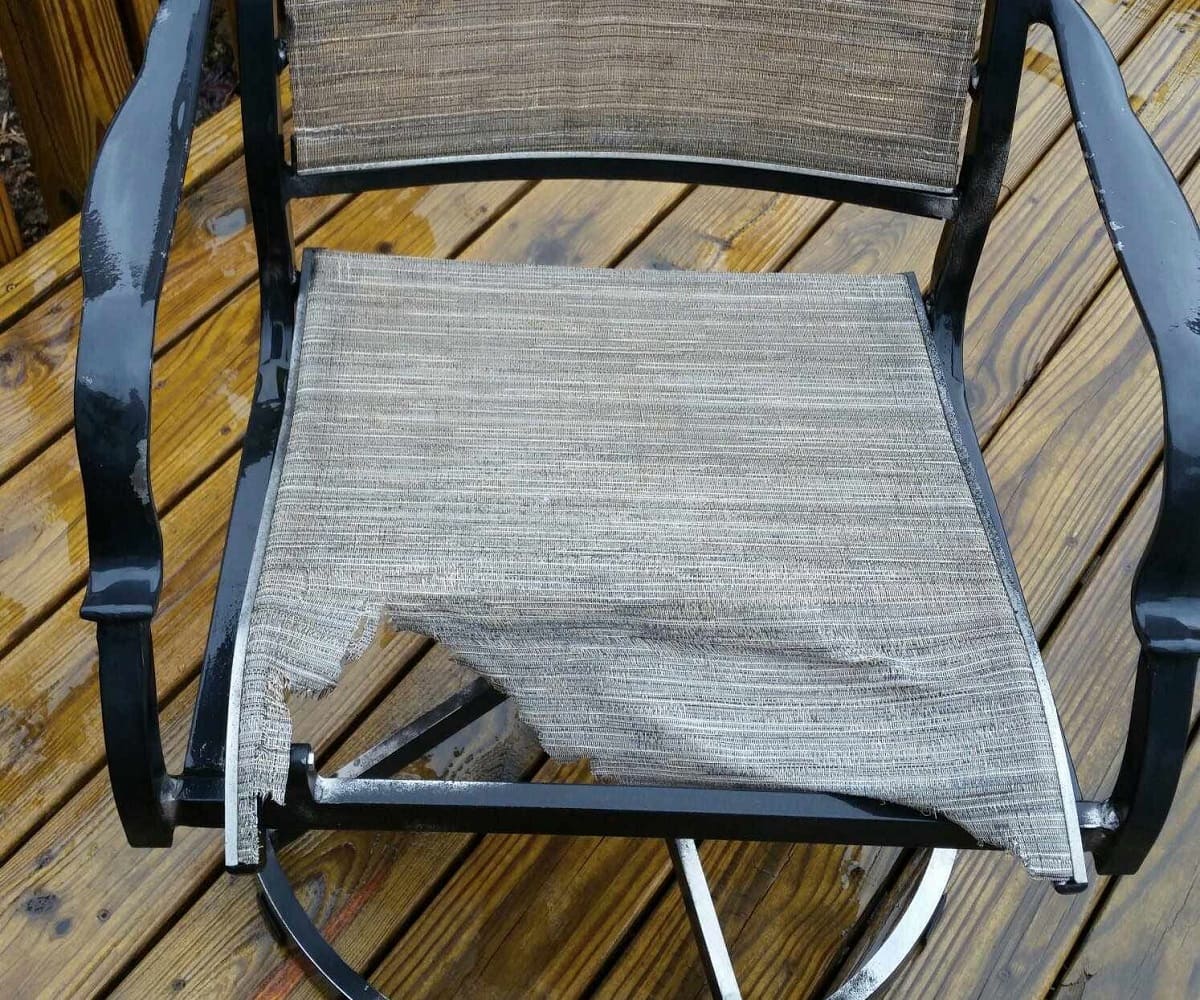
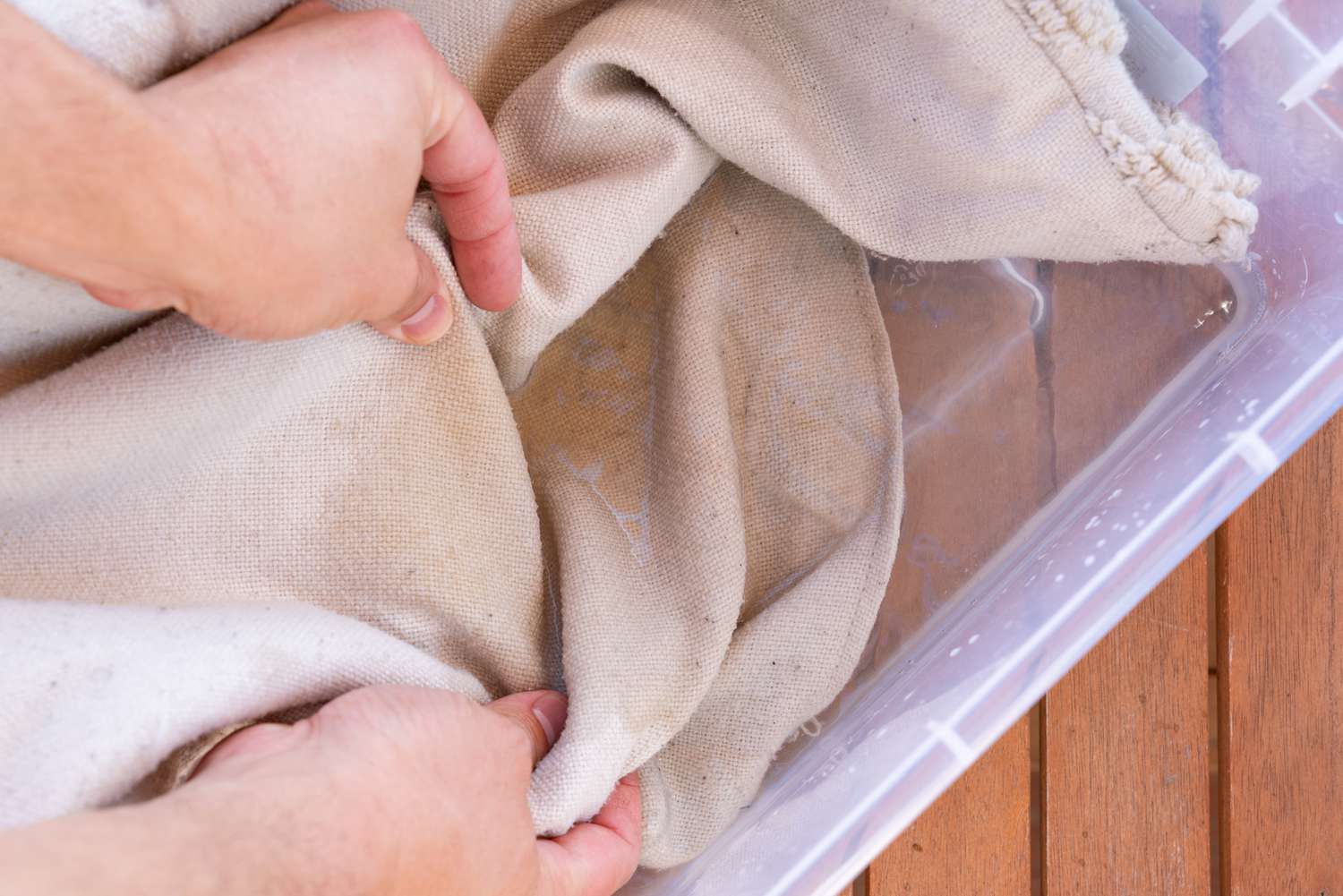
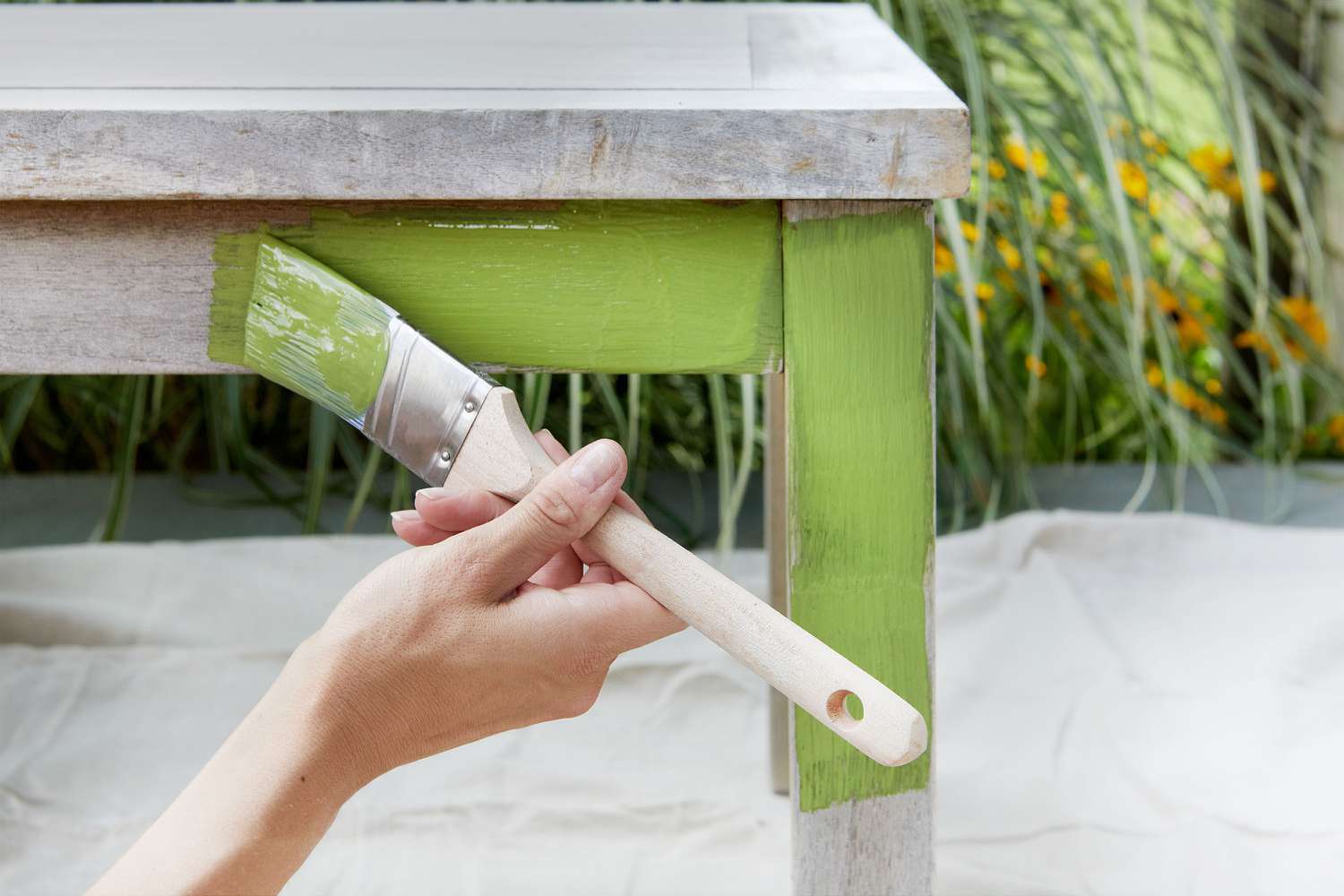
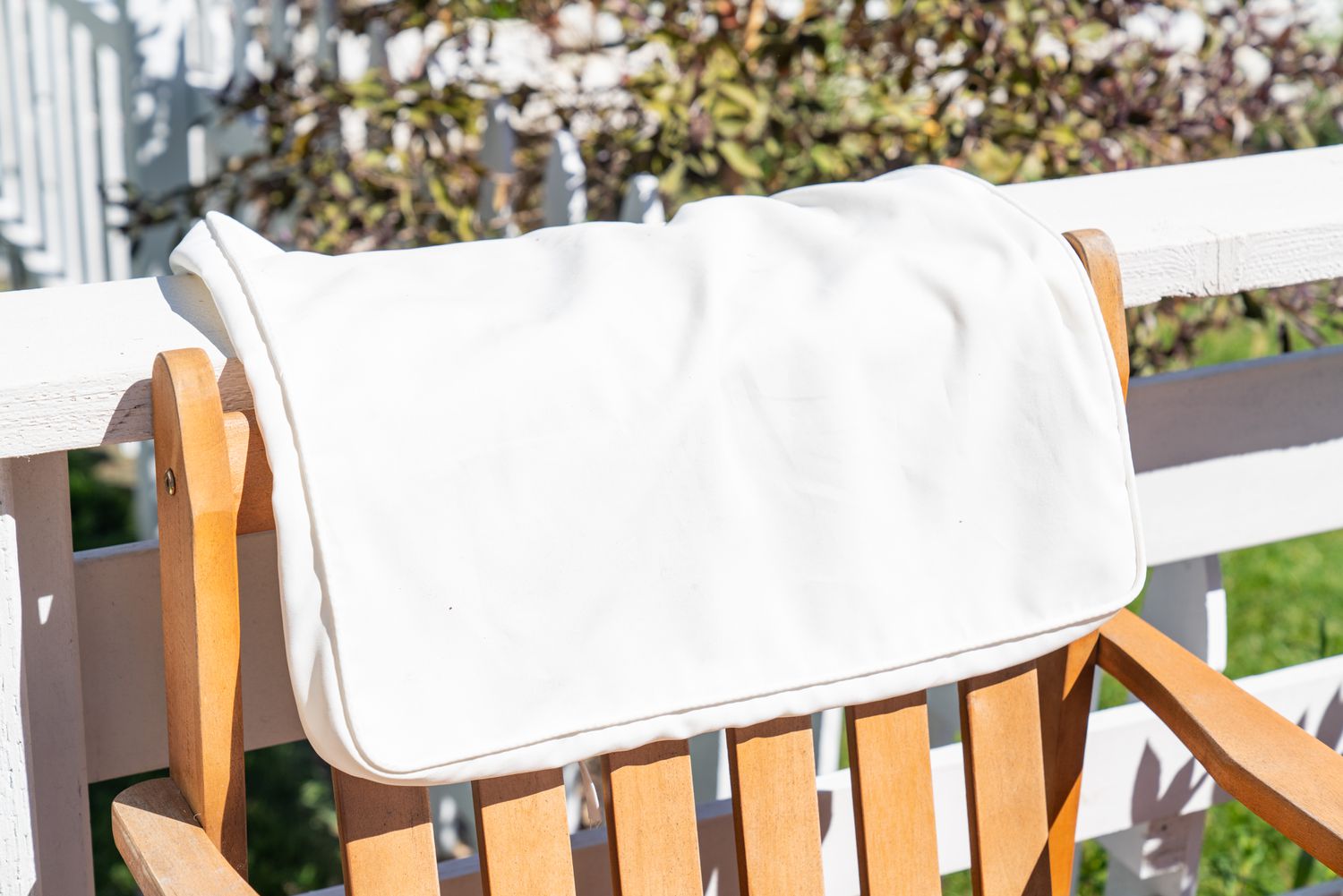
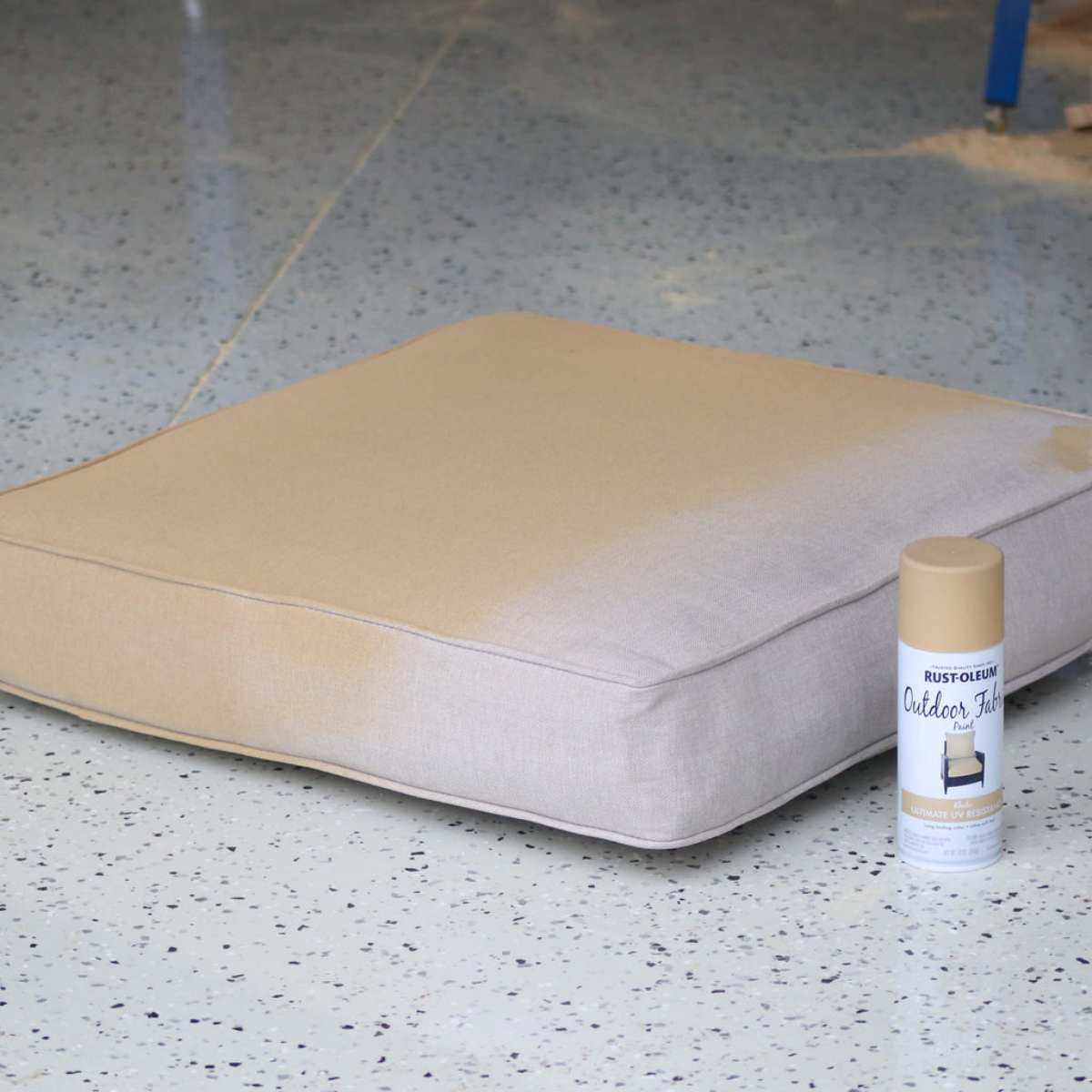
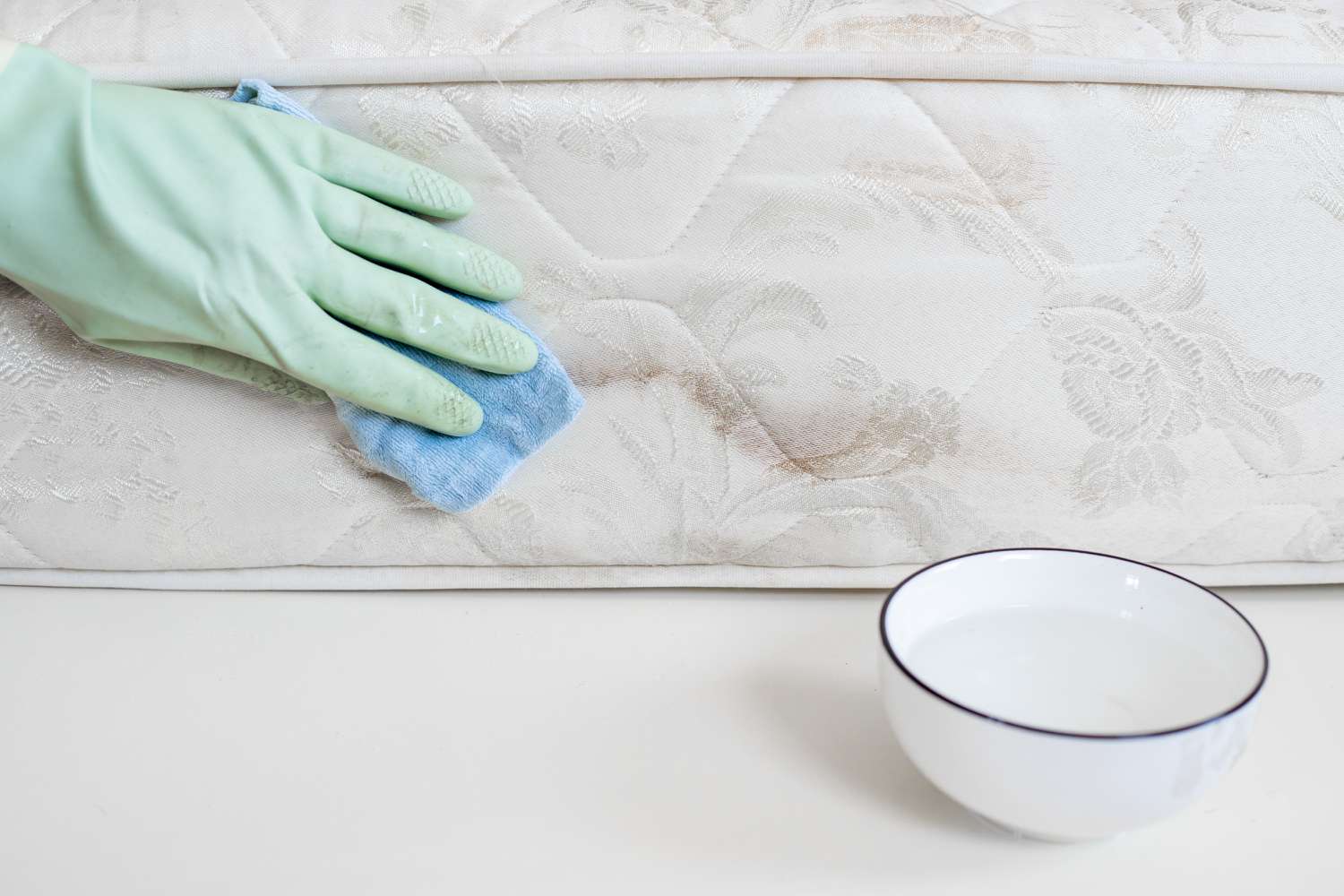
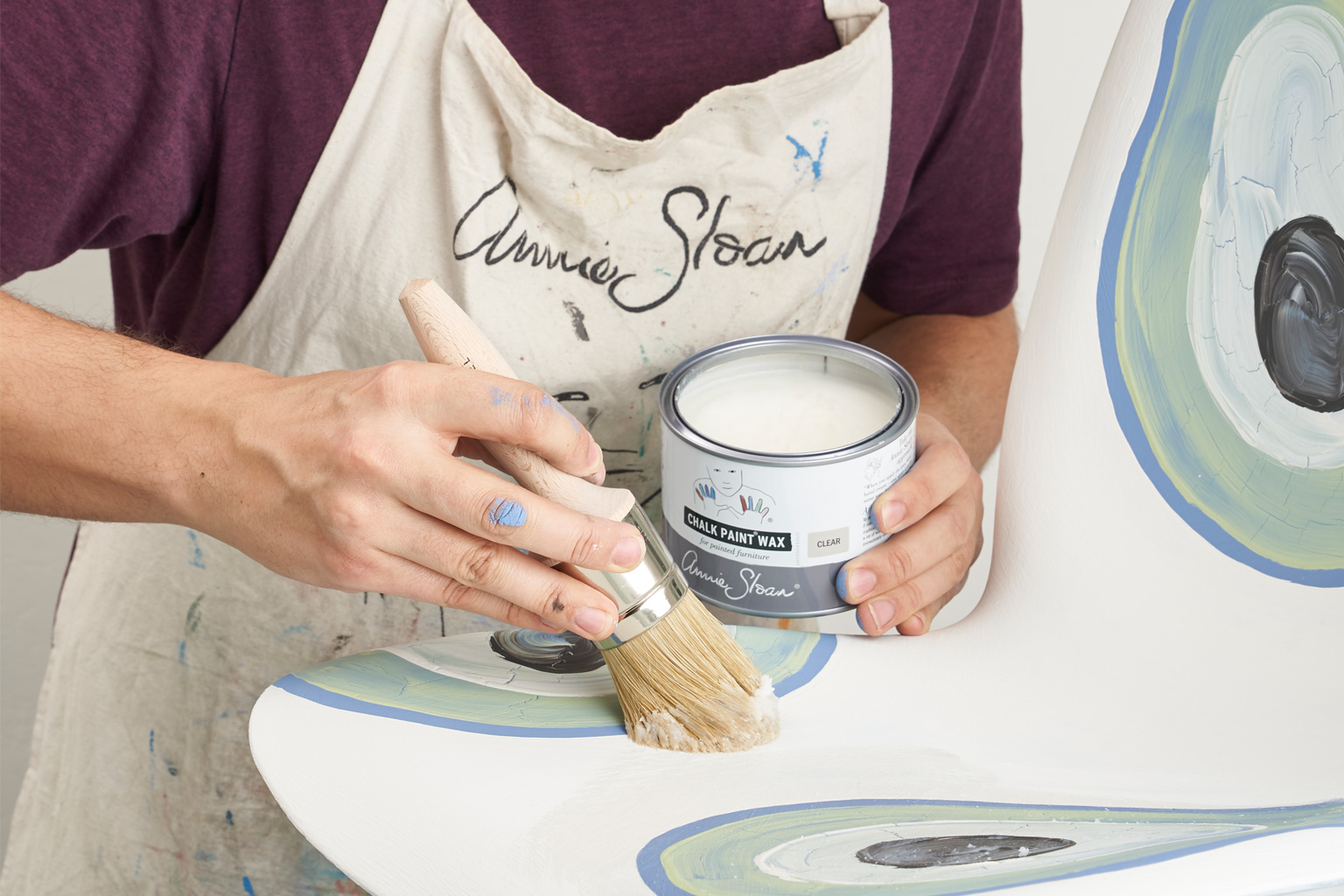


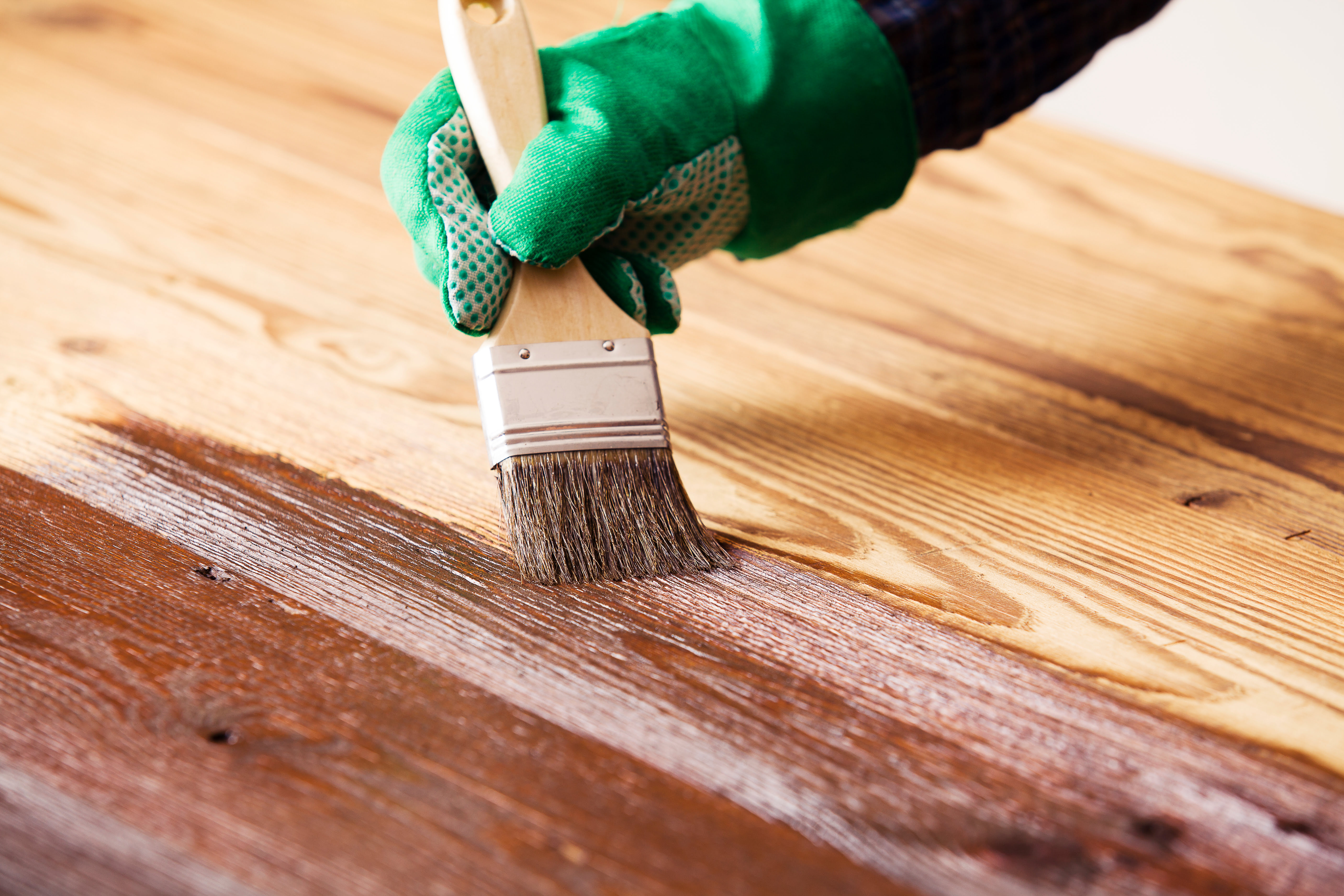

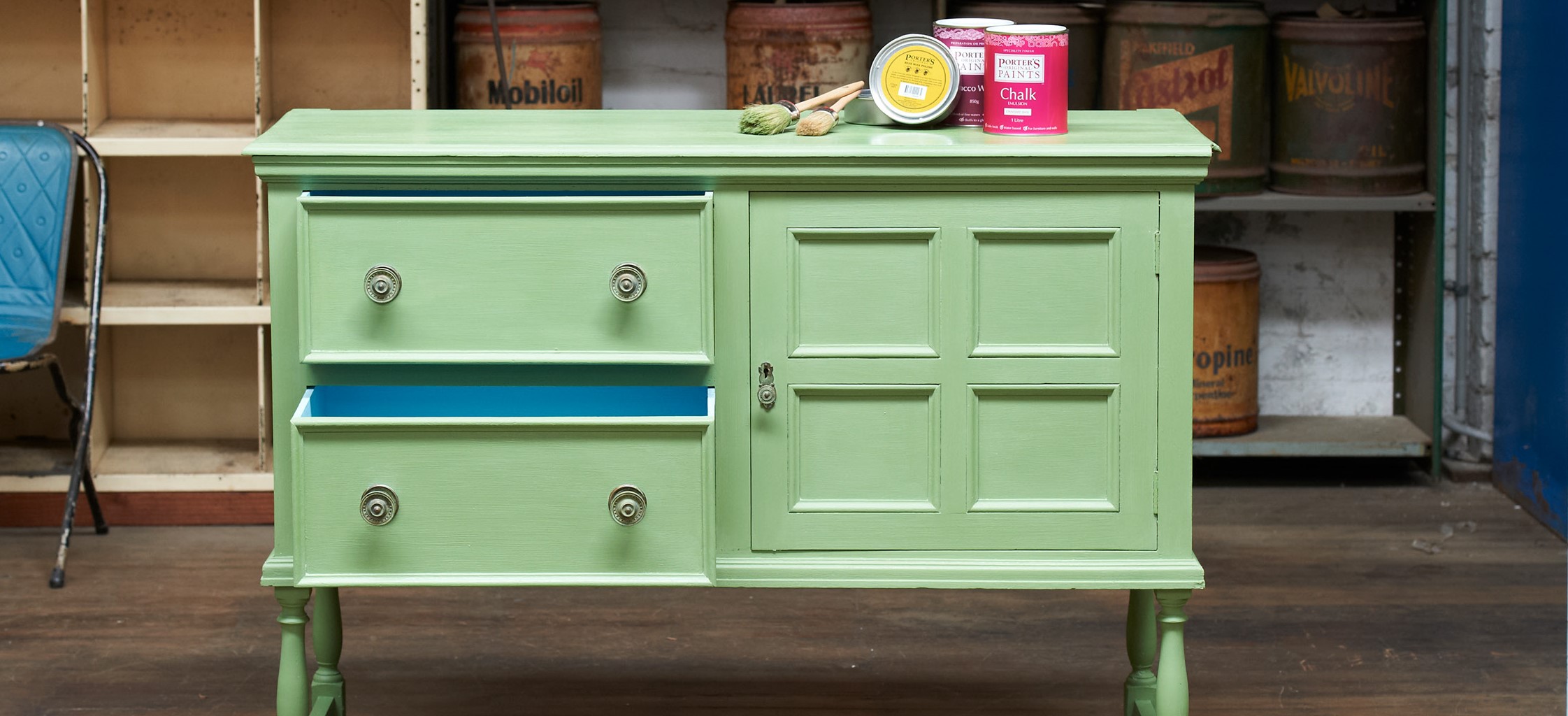
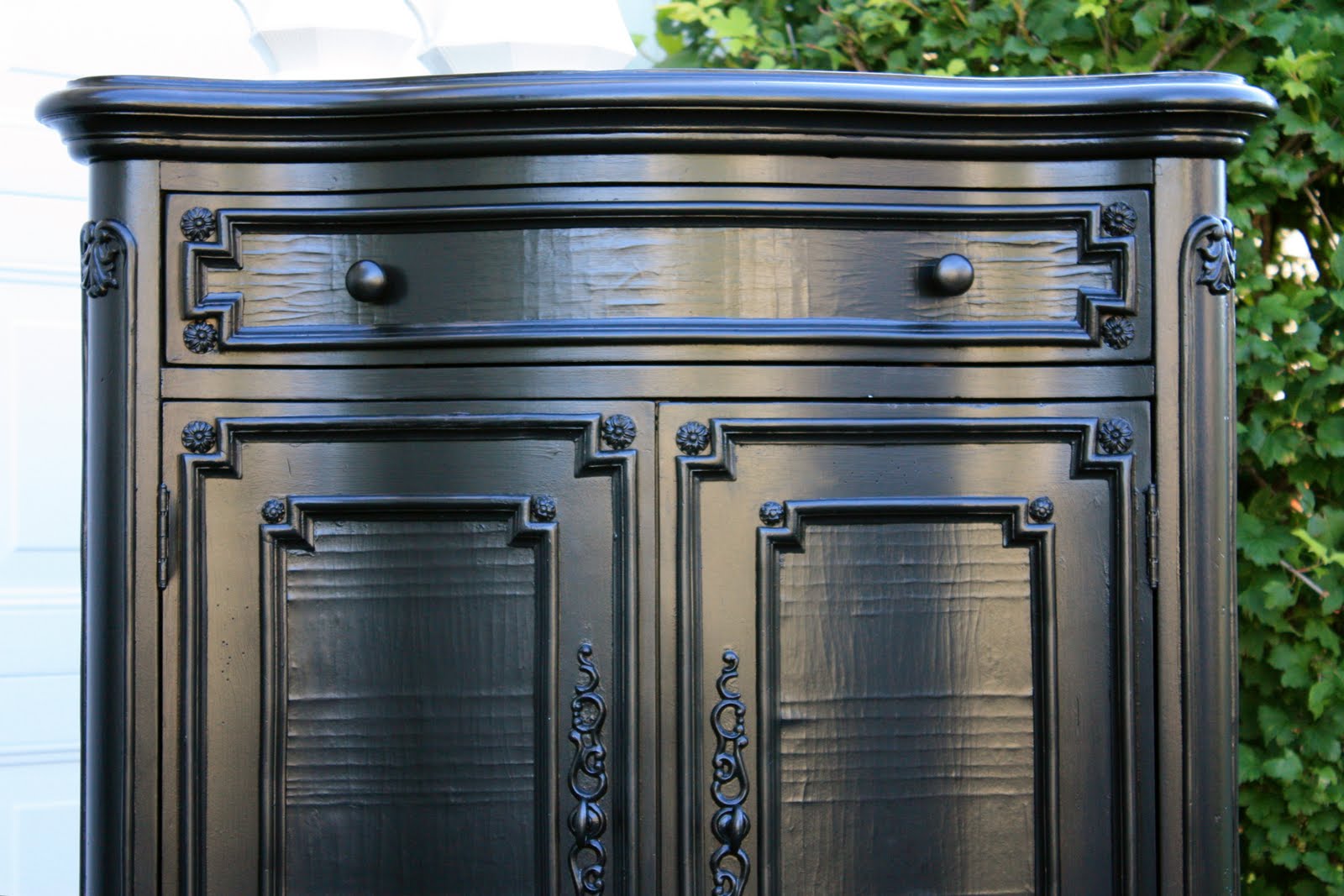

0 thoughts on “How To Paint Fabric Furniture”